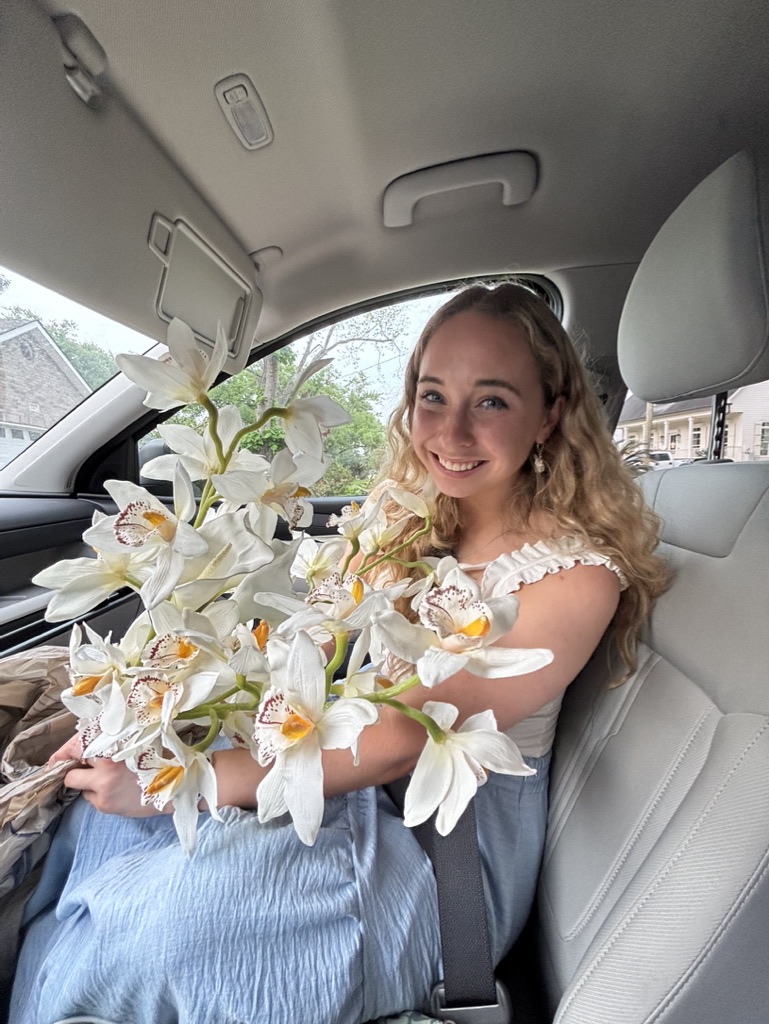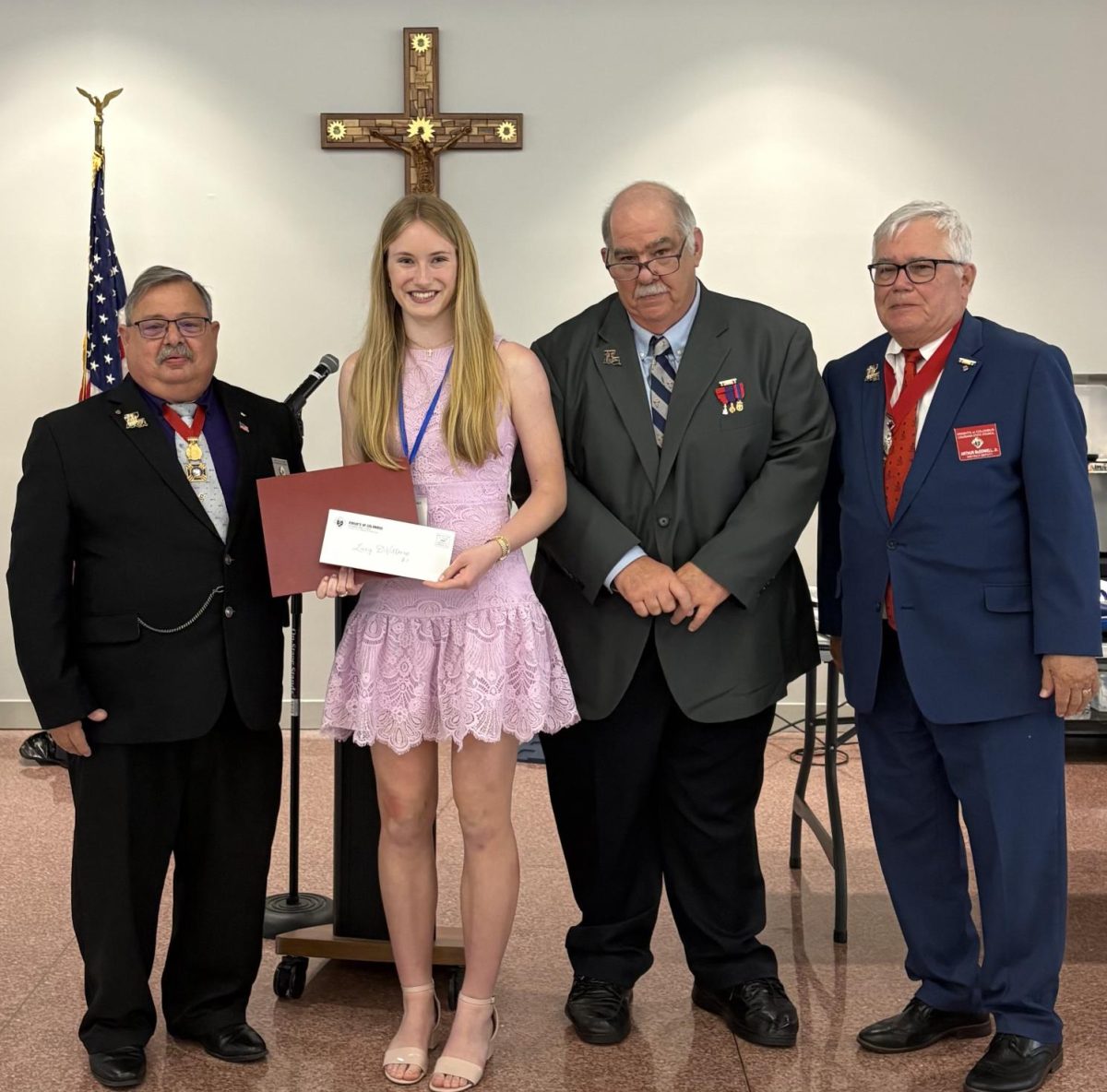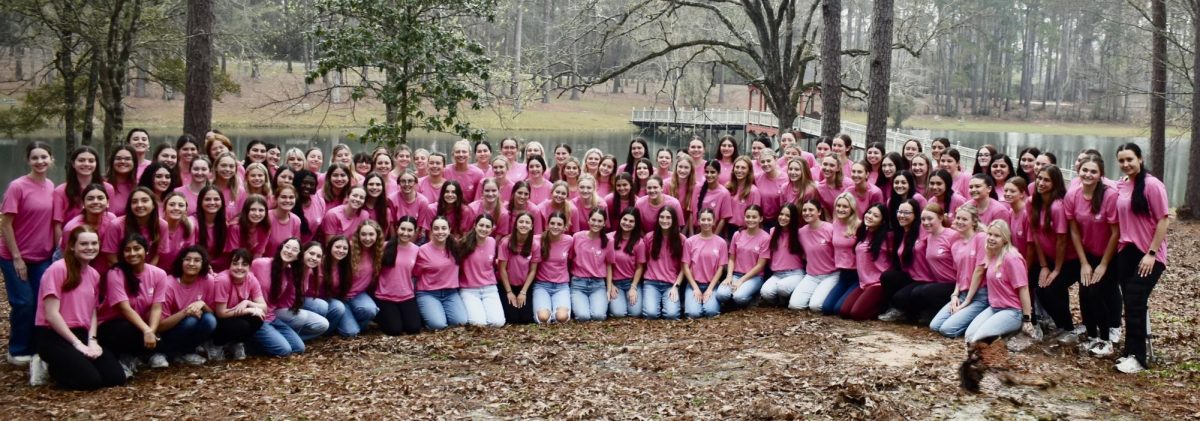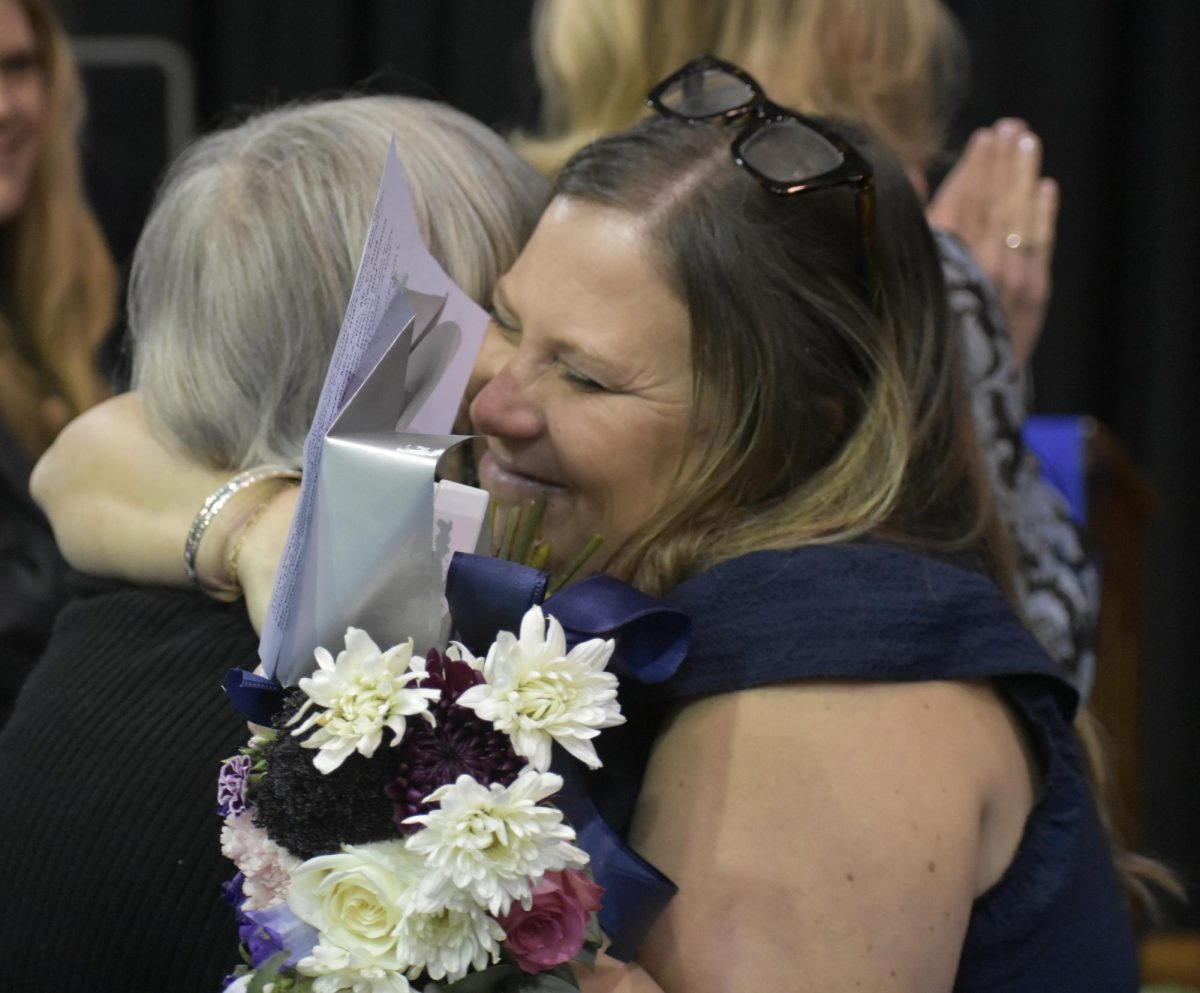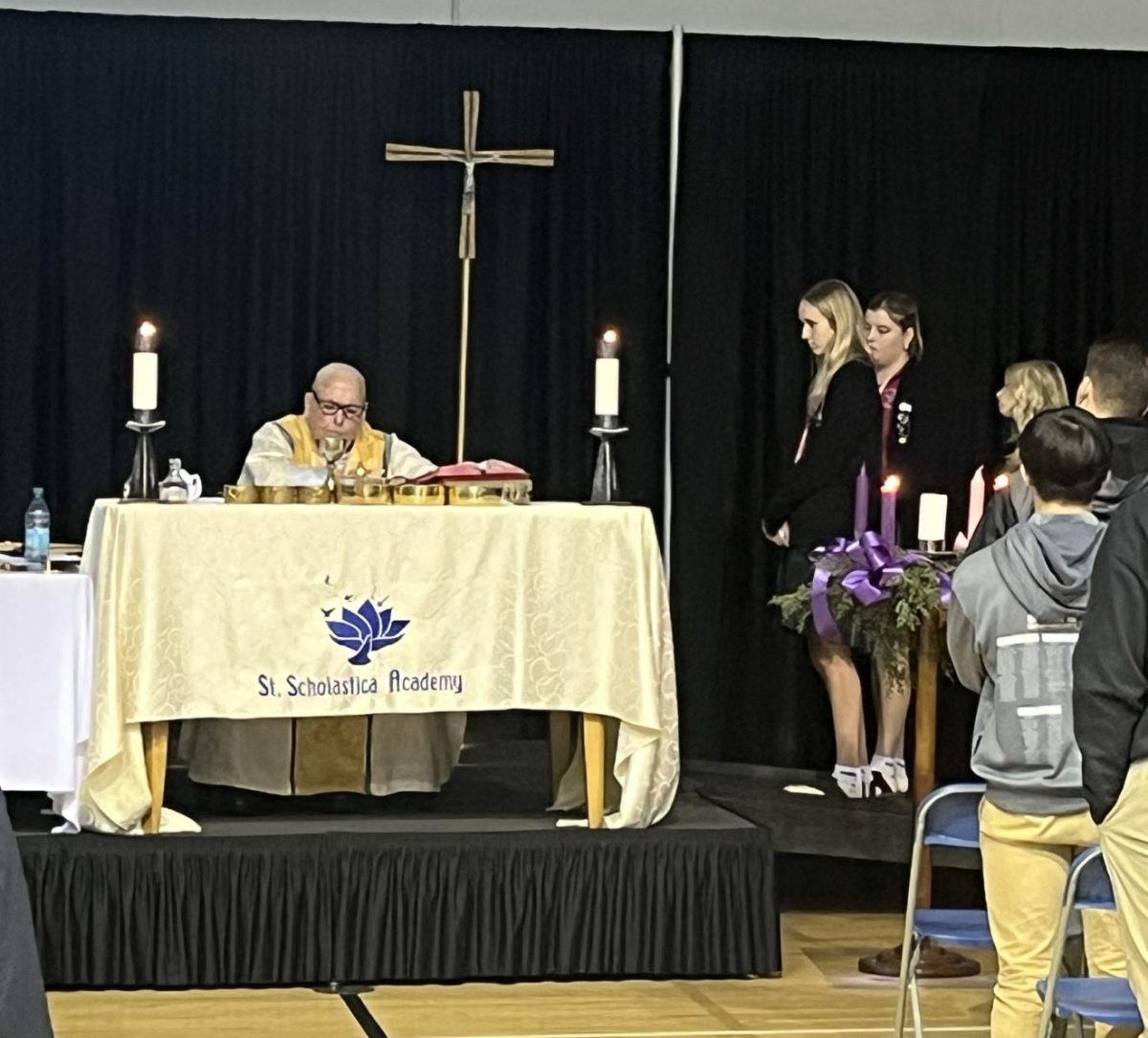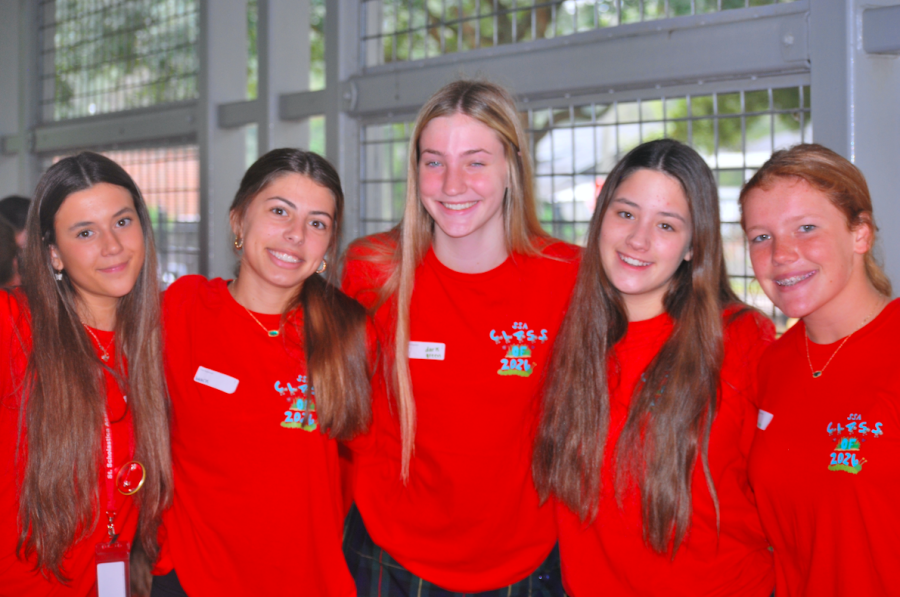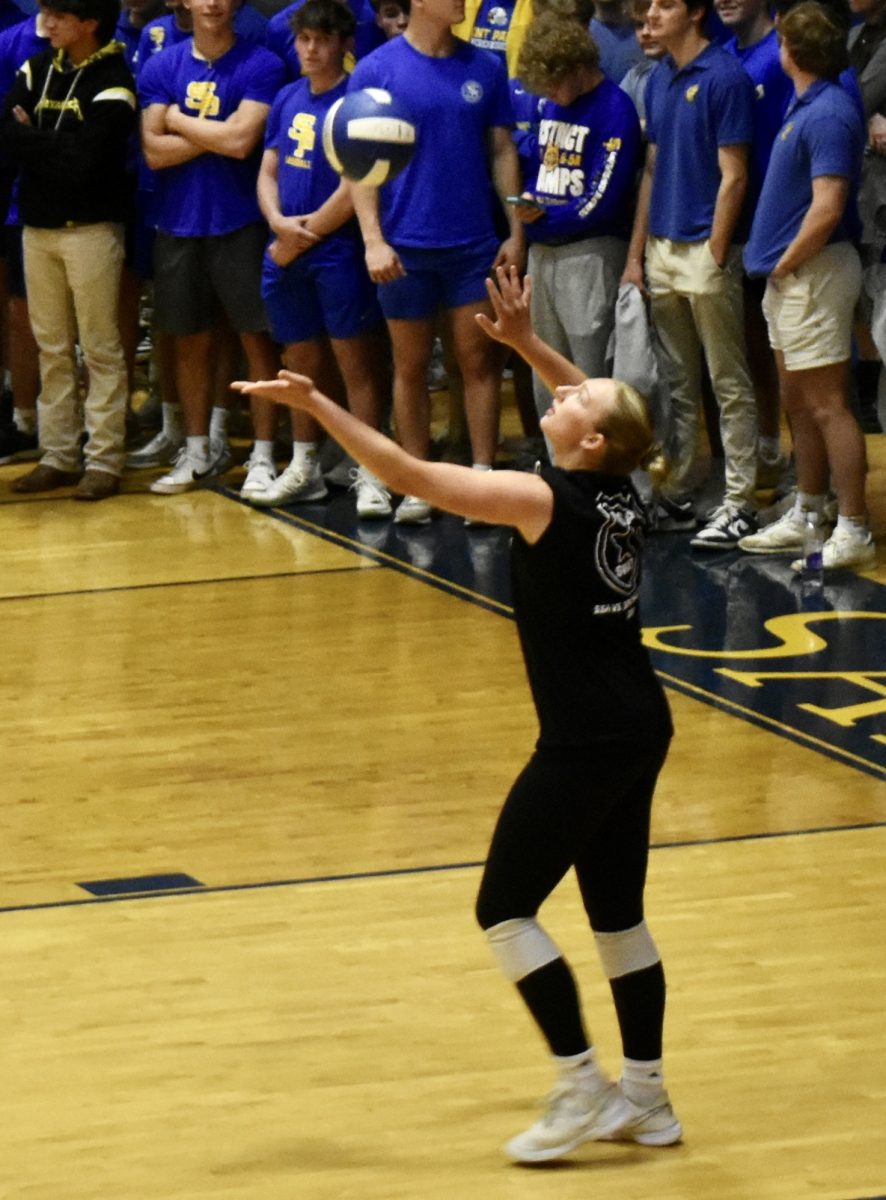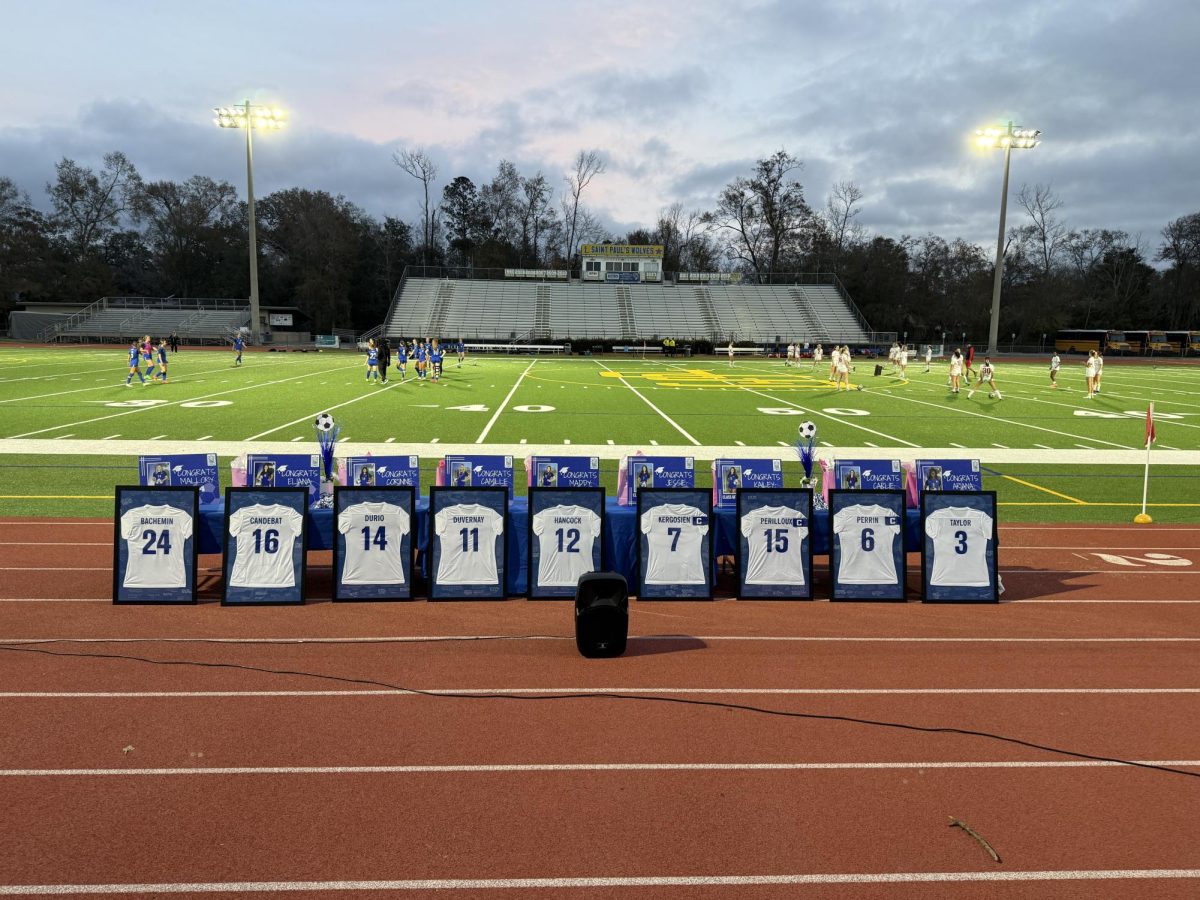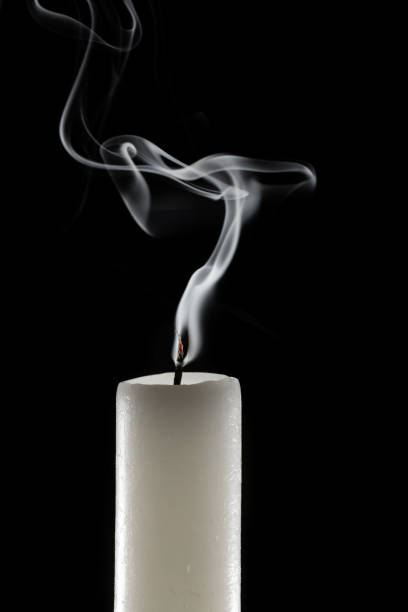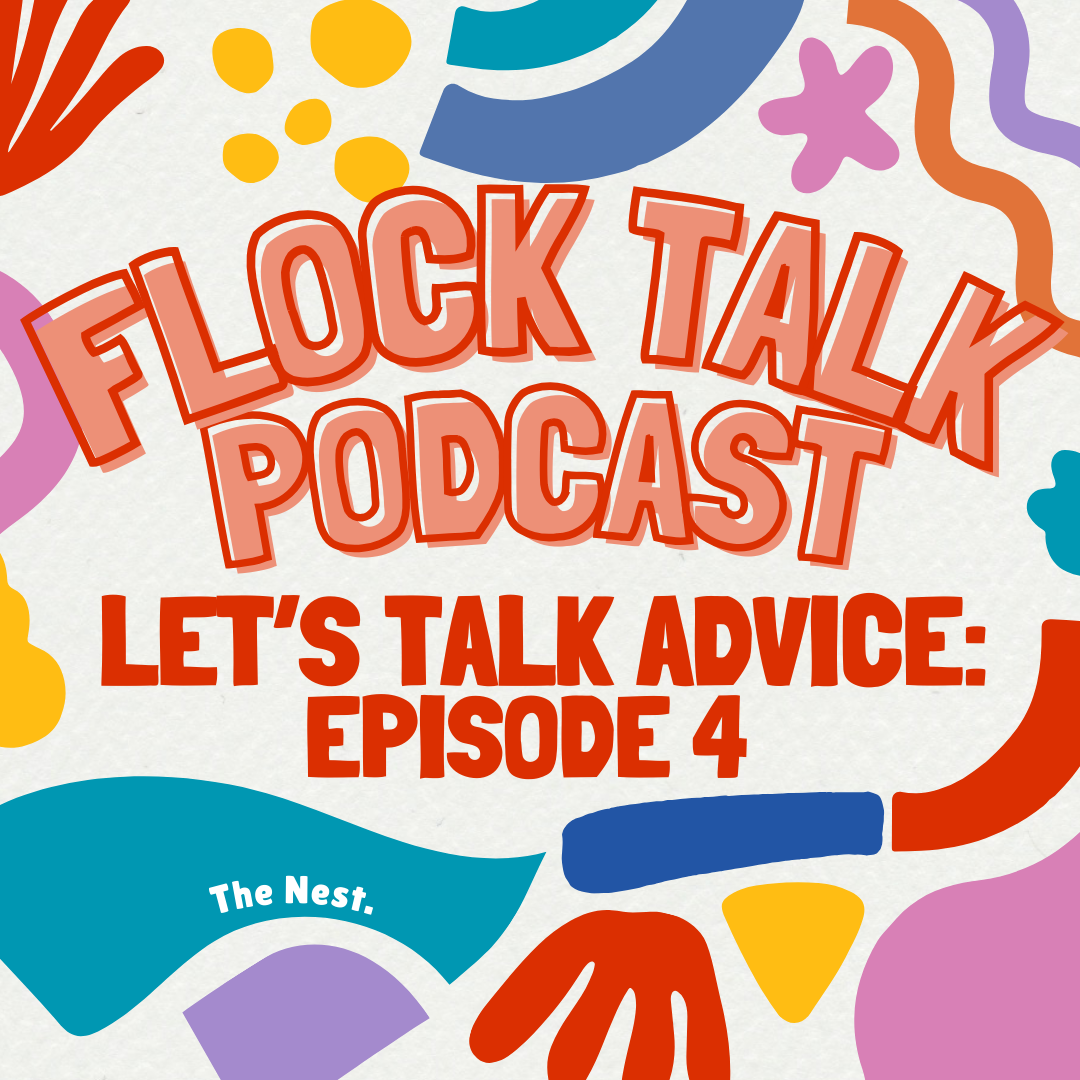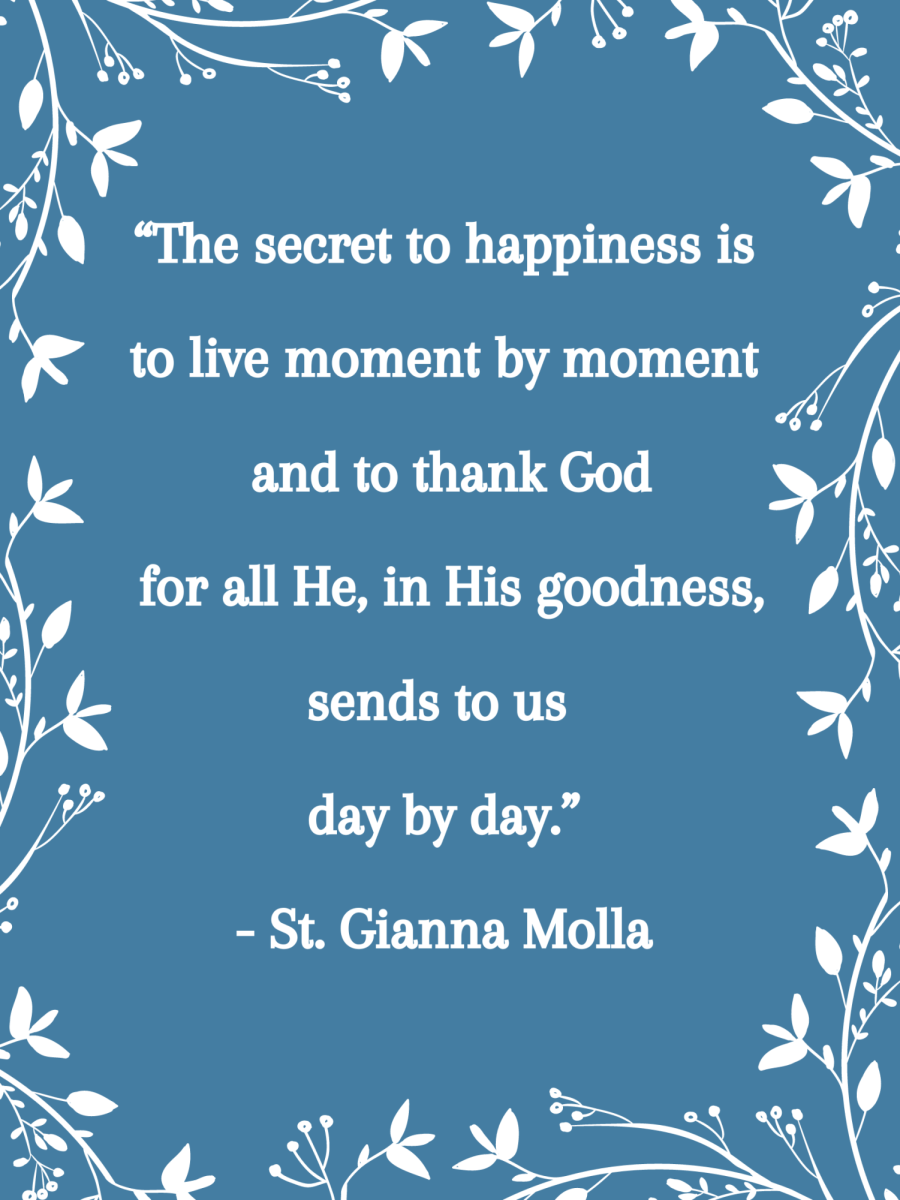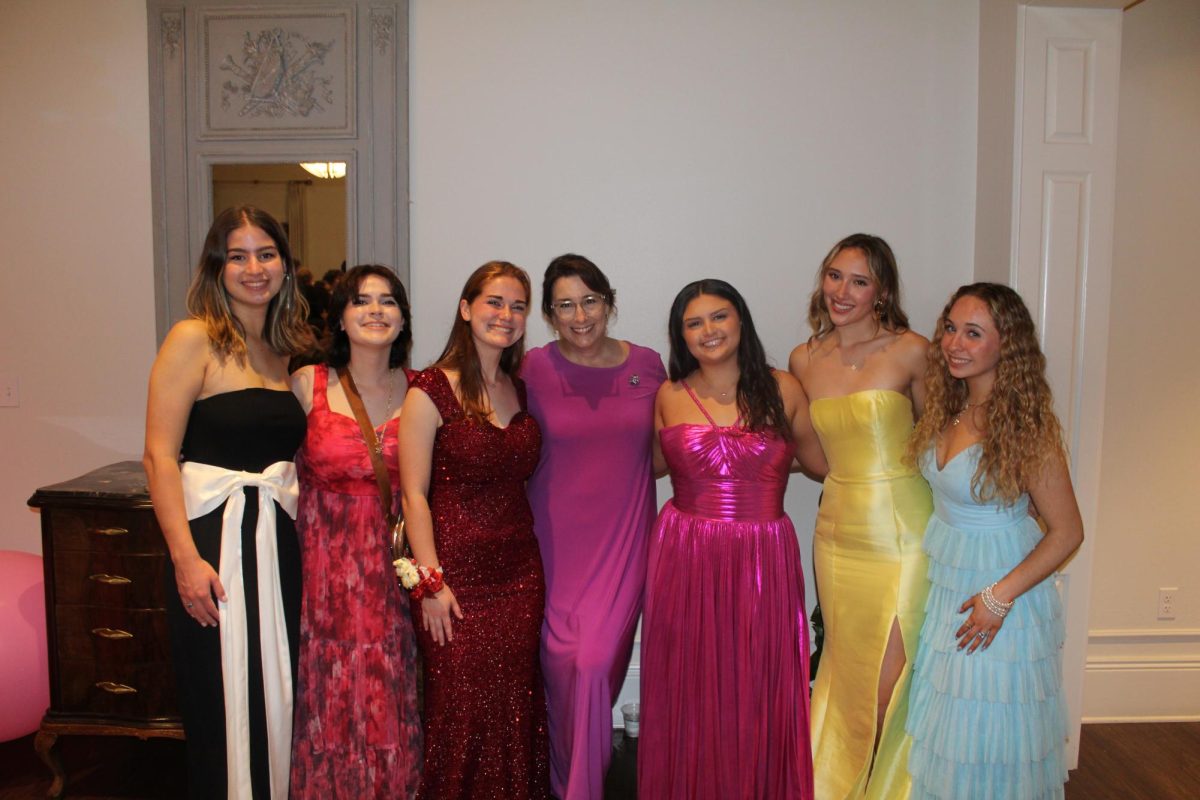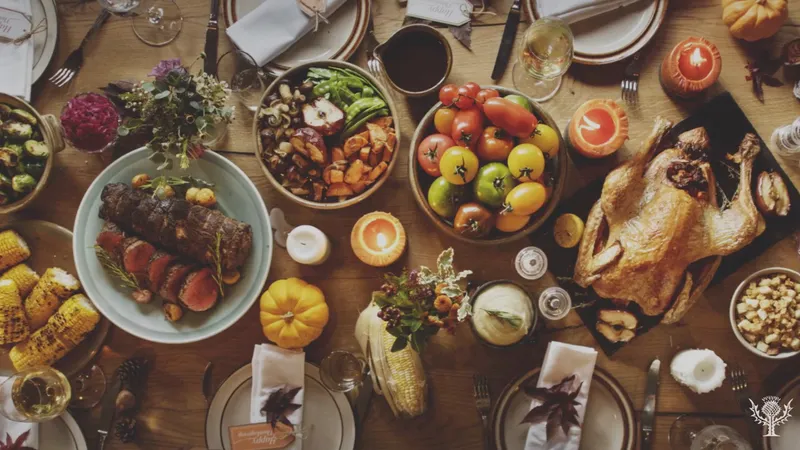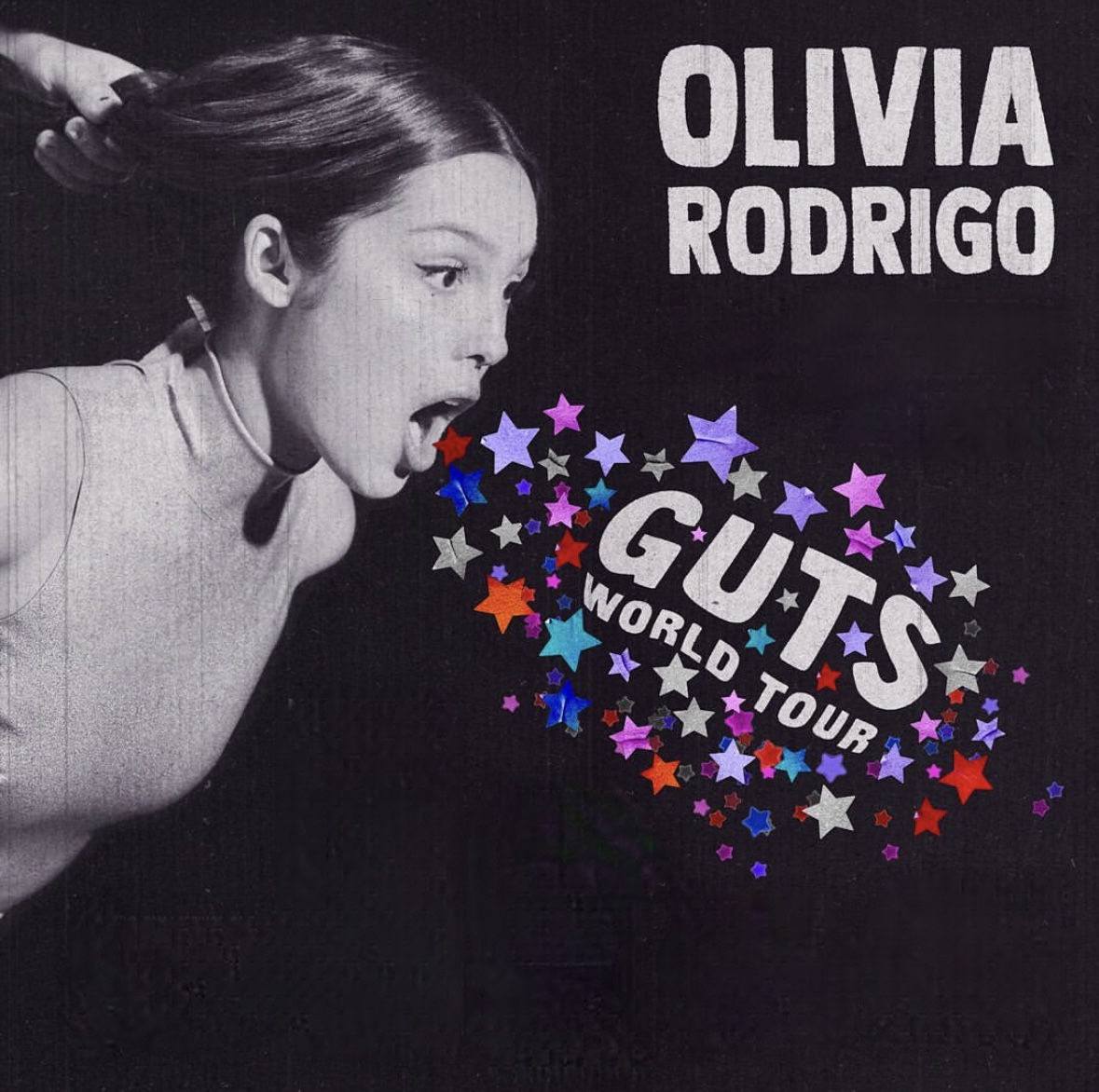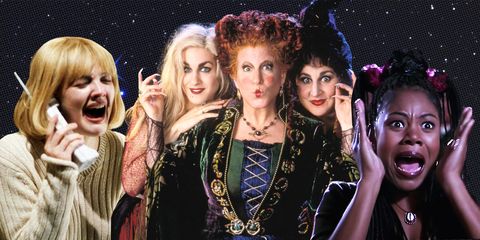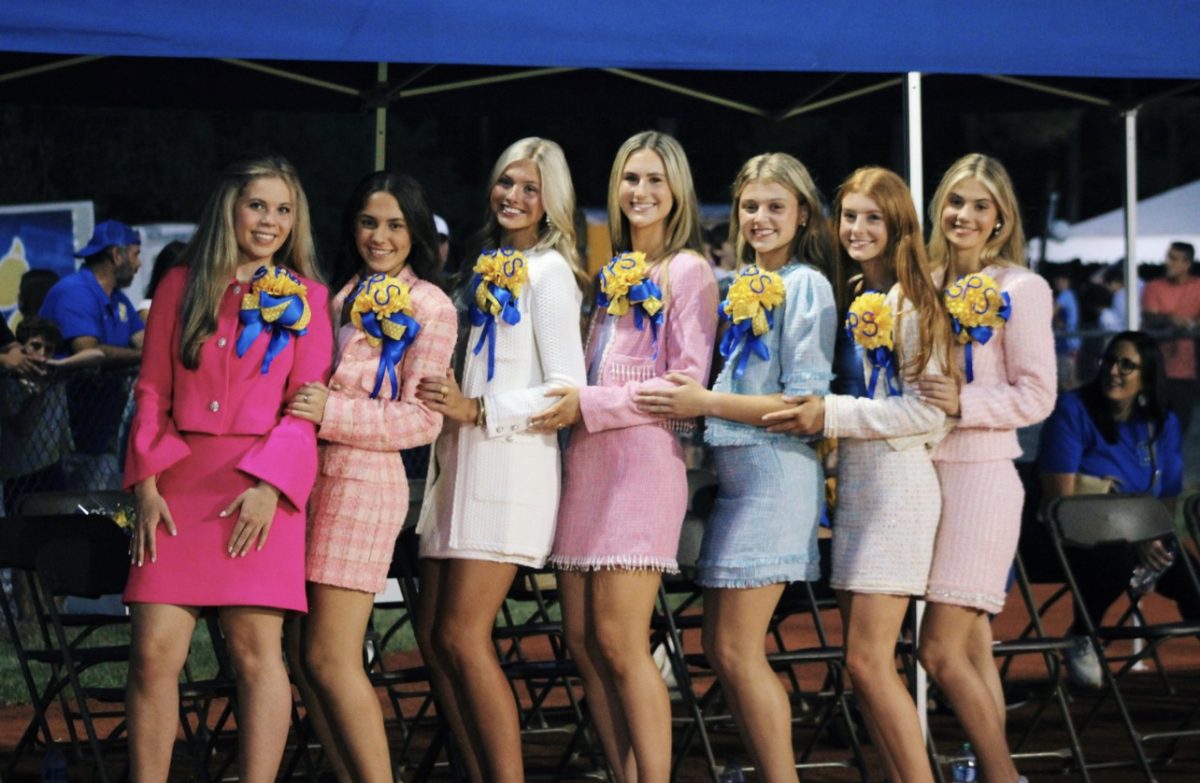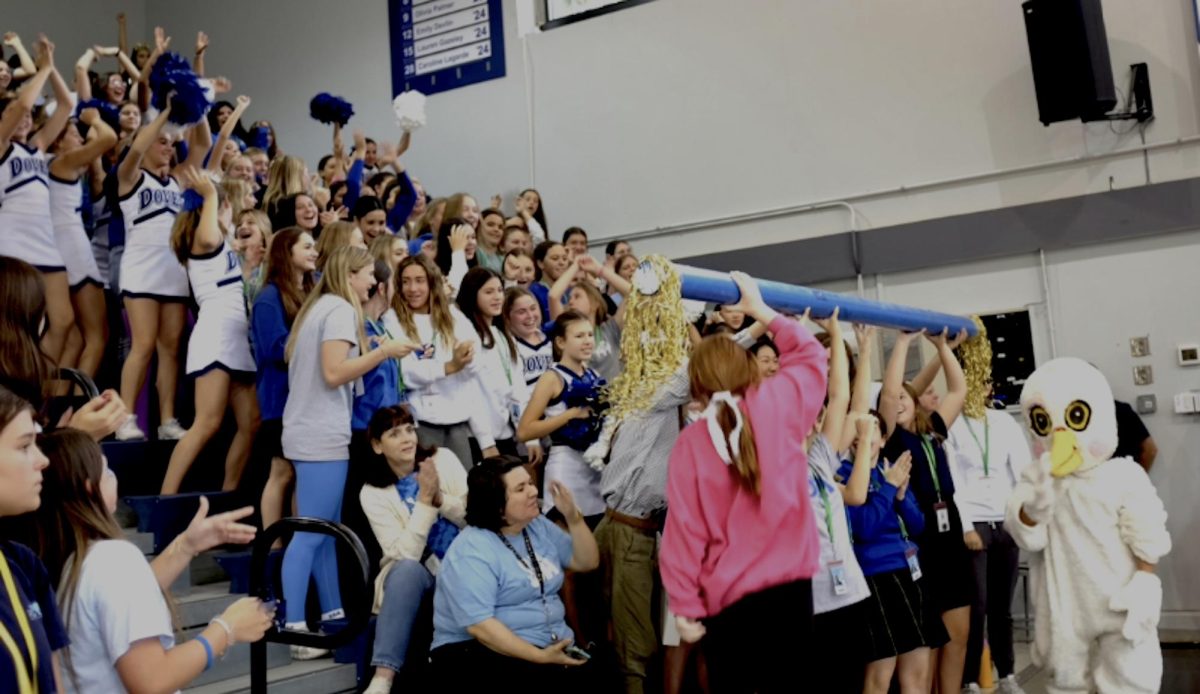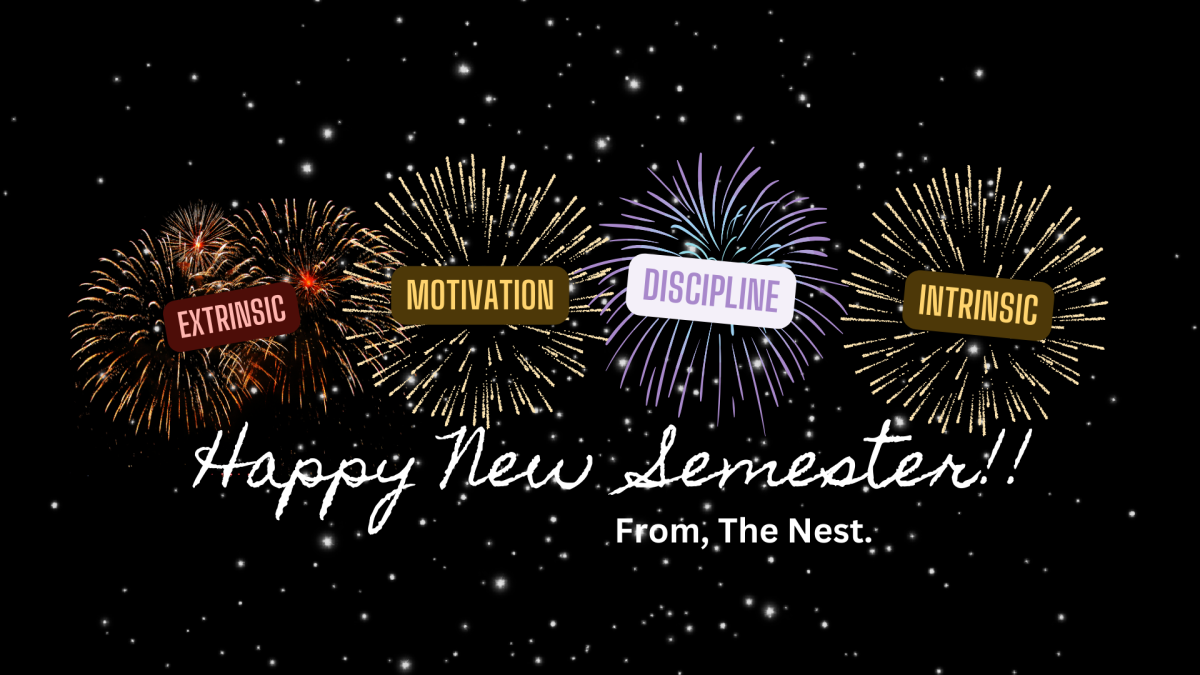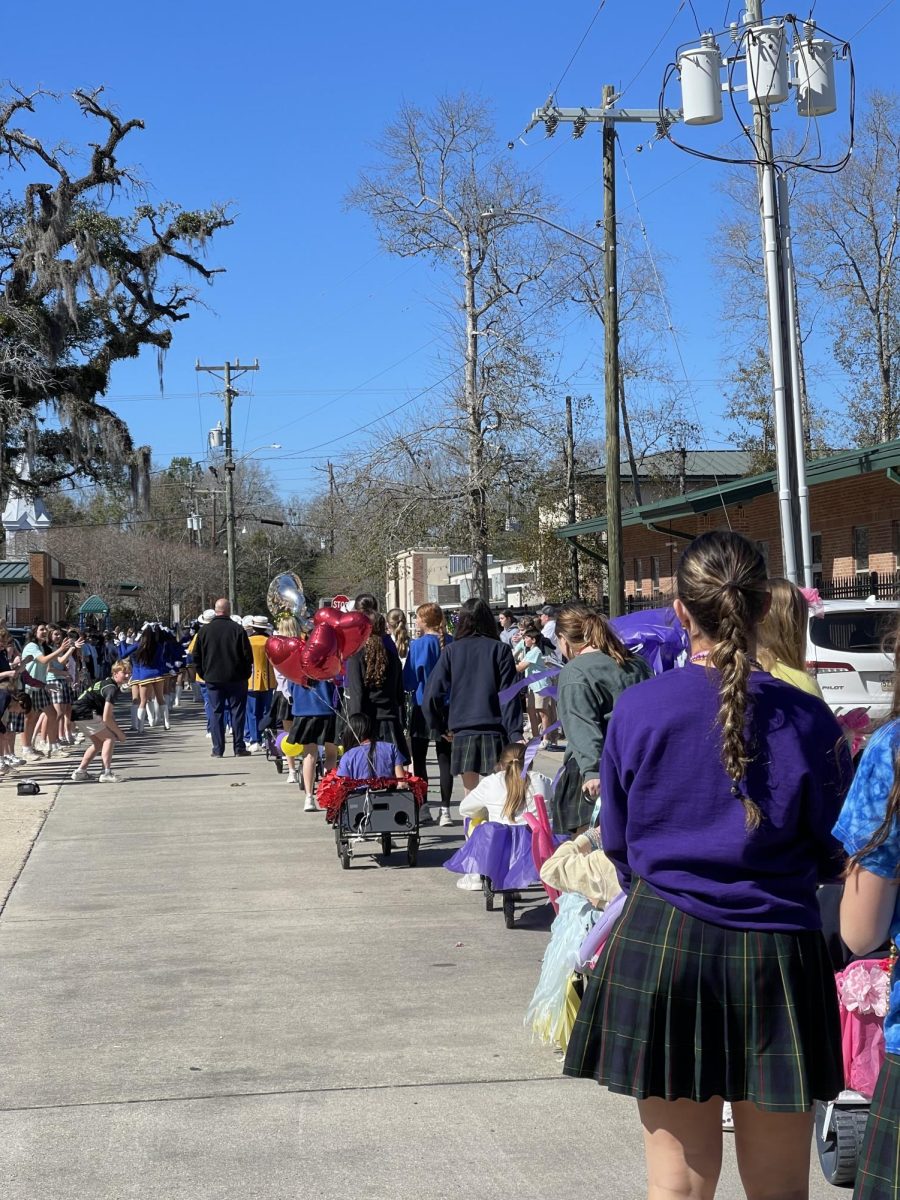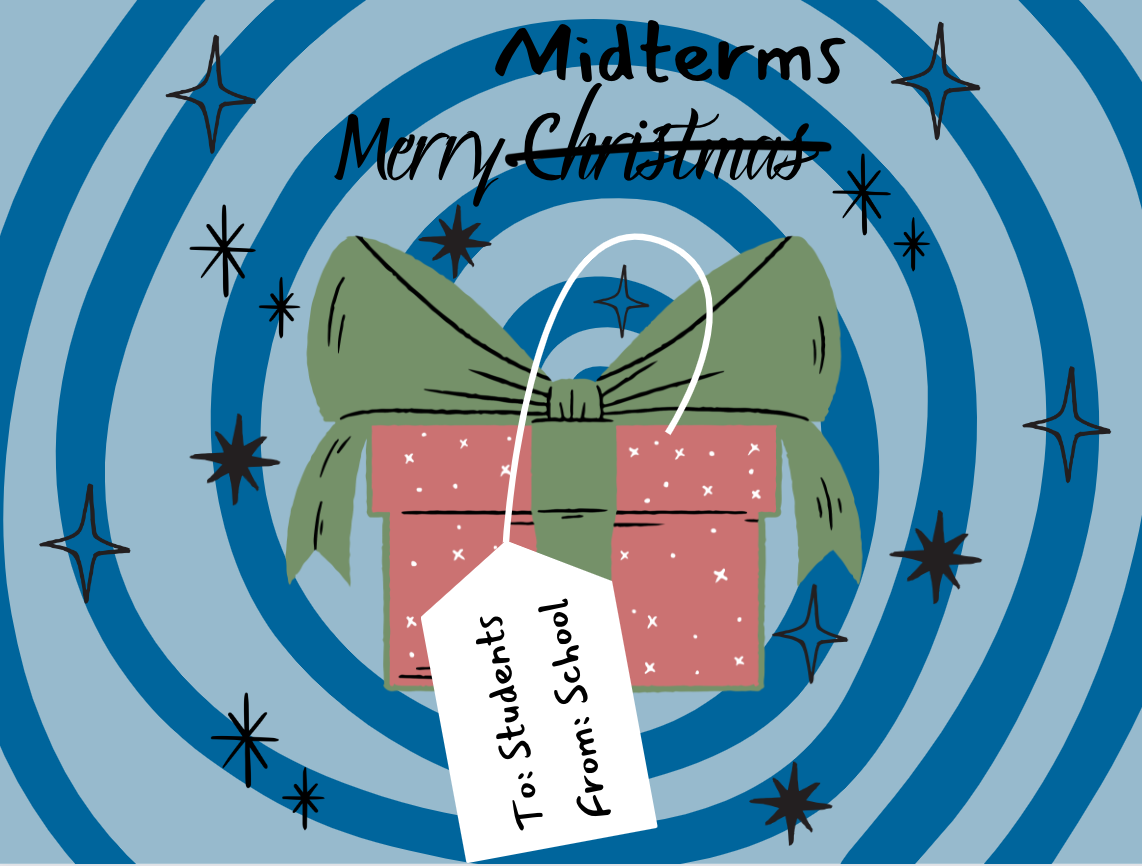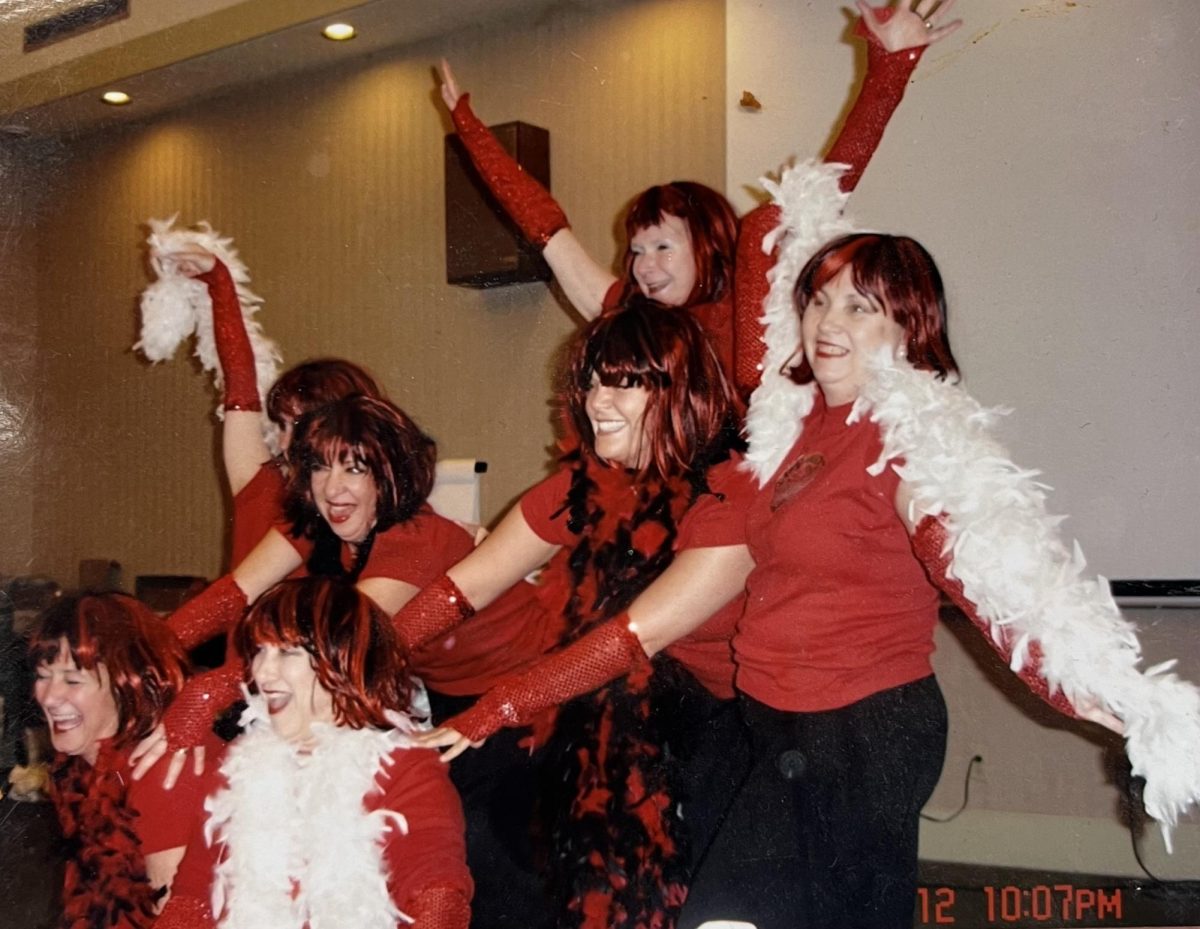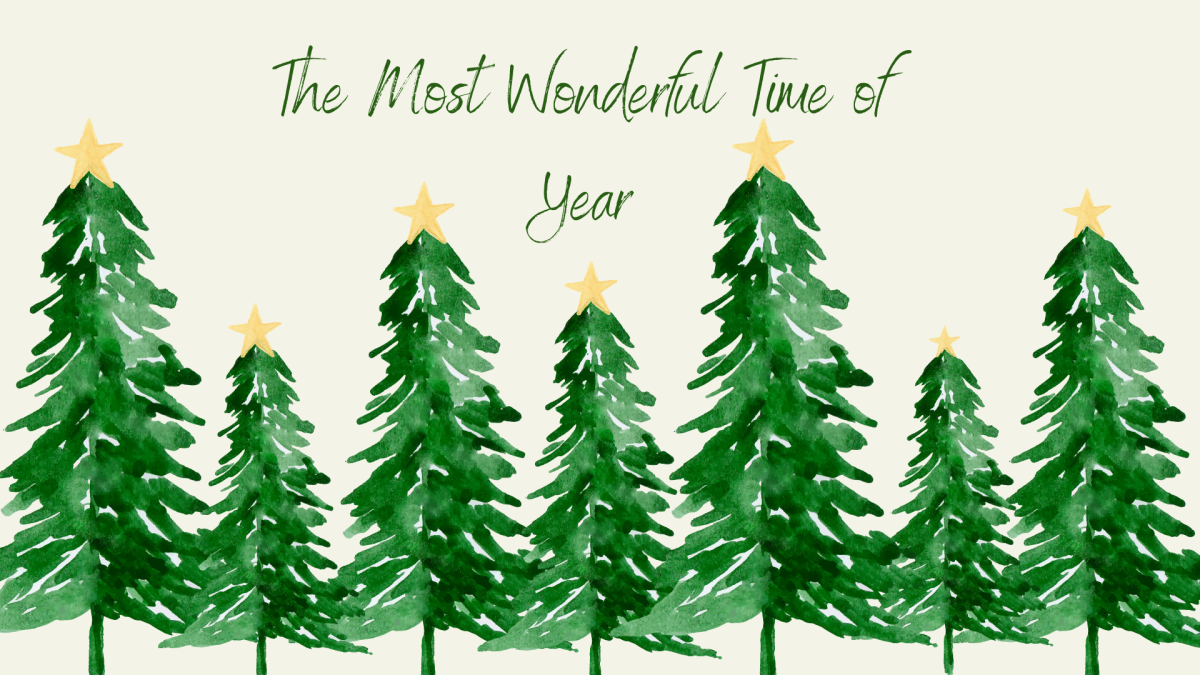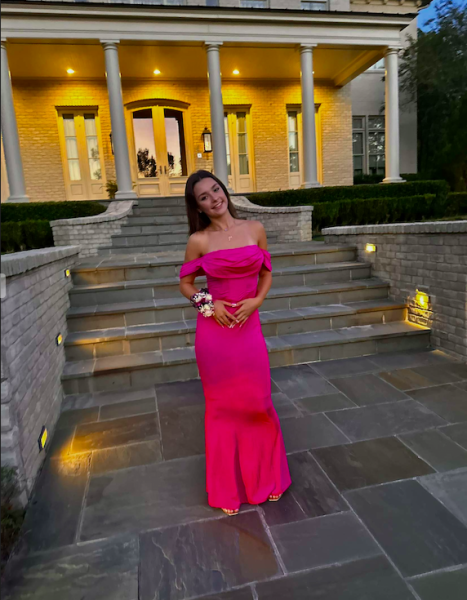Almost everyone’s favorite time of the year has arrived – Thanksgiving night to the end of December. Setting up the Christmas tree, decorating the house, driving around to see the decorations and lights, and smelling the Christmas air are just a few of the things that make Christmas so memorable. Christmas is a time for family, friends, love, and giving. Families come together to set up the house for Christmas and help each other. Families may take turns opening the Advent calendar, hiding or looking for the Elf on the Shelf, or making food and desserts. These are all traditions, but when and how did they begin? Many of these traditions are rooted in other countries.
Before Christmas was truly Christmas, it grew and evolved over many years. Before Jesus, Europeans celebrated the winter solstice, which is December 21. They celebrated the light coming after the darkest days of winter had passed (History Education).
Scandinavians also celebrated the winter solstice by burning logs and enjoying a big feast. The logs could burn for 12 days and they believed each spark was new livestock that would be born in the New Year, such as pigs and calves (History Education).
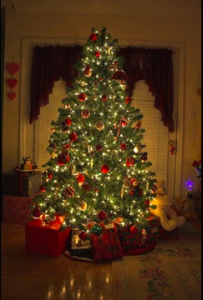 During this time of year, Germans honored the pagan god Oden. Oden was believed to fly at night to observe his people and decide who and how they would perish. Many people would spend most of their time inside their homes because they were scared (History Education).
During this time of year, Germans honored the pagan god Oden. Oden was believed to fly at night to observe his people and decide who and how they would perish. Many people would spend most of their time inside their homes because they were scared (History Education).
In Rome, Saturnalia was a festival that honored Saturn–the god of agriculture. Saturn was celebrated the week before the winter solstice and lasted a month. During the celebration enslaved people were freed and schools and businesses were closed so people could celebrate (History Education).
The Romans also celebrated Juvenalia, where they honored children. The upper classes celebrated the birthday of Mithra–the god of the unconquerable sun on December 25 (History Education).
During the Middle Ages, people who believed in Jesus would celebrate Christmas by going to church, and then they would have a big celebration. They would drink and celebrate, similar to the carnival season. They would crown a beggar or student “Lord of Misrule.” The rich could repay their real or fake debt by entertaining less fortunate people (History Education).
Christmas trees originated in Germany during the Middle Ages. Germans brought over the idea of Christmas trees in 1747 to Bethlehem, Pennsylvania, by the German Moravian Church. These trees were not actual trees but were wooden pyramids with evergreen branches and candle decorations. Troops during the War of Independence set up Christmas trees at their forts. Charles Minnegrode introduced the tradition of decorating Christmas trees in Williamsburg, Virginia, in 1842. The first Christmas tree lot was created by Marc Carr in New York, in 1851. Carr brought trees from the Catskills mountains to sell in New York (AgriLife Extension Service).
Christmas officially became a holiday in the United States in 1870. The women we know today as the Radio City Music Hall Rockettes were first known as the Missouri Rockets in 1925. They became the Radio City Music Hall Rockettes in 1934. The Rockettes perform the Christmas Spectacular every year, which consists of 90 minutes of singing and dancing (Kennedy, History Channel).
The beloved Charlie Brown Christmas episode, “A Charlie Brown Christmas, ” aired on December 9, 1965. Once the episode was aired, almost everyone loved it. “A Charlie Brown Christmas” won an Emmy for Outstanding Children program in 1966. (Kennedy, History Channel)
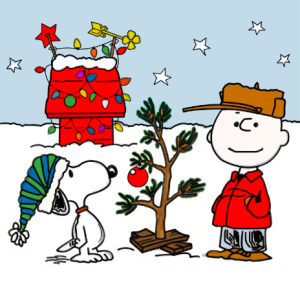
Some homes around the United States gained an Elf on the Shelf between 2005 and now. “Elf on the Shelf” was self-published in 2005 by Carol Aebersold and her daughter Chanda Bell. This book talks about how Santa knows who’s naughty and who’s nice and the background of Elf, in the back it comes with an elf and spot to name it. These elves either hide or are just getting into trouble and kids get the joy of seeing what they did or finding them every day. (Kennedy, History Channel)
Another tradition that most people follow is getting up every morning to open the Advent calendar. Advent calendars started in Germany back in 1903. Advent calendars come in many different styles, some are nativity scenes, gifts, doors, and so much more. (Kennedy, History Channel)
The “Nutcracker” is a ballet that was first performed on December 18, 1892, in St. Petersburg Russia. The ballet was first performed in the United States in 1944 in San Francisco. Many people in Louisiana enjoy “The Tale from the Bayou,” a version of The Nutcracker. (Kennedy, History Channel)
Each family has followed or made traditions that shape the holiday season and make it special for everyone. All of the different beliefs, ideas, and cultures have mixed to become the time of year most people love. Christmas lets people express themselves and their beliefs through traditions and experiences. Look into your family’s traditions and learn more about them. If anyone is struggling during this time, listen to our podcast.
Kennedy, Lesley.”How 25 Christmas Traditions Got Their Start.”https://www.history.com/news/christmas-traditions-history
History. Com Editors.”History of Christmas.”https://www.history.com/topics/christmas/history-of-christmas

